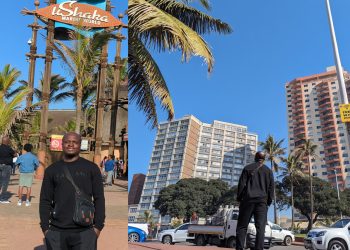A Schengen visa allows a person to travel to and within the Schengen Area. The Schengen area consists of 27 European countries that have abolished border controls between them. The latest Schengen member state is Croatia.
The Schengen visa allows the holder to travel freely within the Schengen Area for up to 90 days within a 180-day period. It is a short-stay visa that can be used for tourism, business, or other purposes, but not for long-term residency or work. The visa can be obtained from the embassy or consulate of the country that is the main destination of the trip.
How does the Schengen 90 days in 180 work?
The Schengen 90/180 rule allows holders to visit the Schengen Area for up to 90 days within a 180-day period.
This means that you can enter any Schengen country and stay for up to 90 days within a 180-day period. The 180-day period is counted from the day you first enter a Schengen country.
During the 180-day period, you can move freely between the Schengen countries without the need for additional visas or permits. Once you have stayed for 90 days, you must leave the Schengen Area and wait for at least 90 days before returning.
It is important to note that the 90/180 rule applies to all stays, including tourism and business. If you plan to stay in the Schengen Area for longer than 90 days, you will need to obtain a national visa or a residence permit.
Note that you can only stay in the Schengen area for 90 days if the stay permitted on your visa is up to 90 days. In some instances, Schengen visas would permit a holder to stay for a few days, eg, 10 days. In this case, staying for 90 days means overstaying your visa.
Still have some travel questions? Ask in our Travel WhatsApp Group.






